New 'challengers' to the old formula: low-cost smartphones
In the first half of 2025, the low-cost smartphone segment from 2 to 5 million VND in Vietnam became more vibrant with the presence of names that are quite unfamiliar to domestic users such as Honor, ZTE Nubia, Tecno Pova or Meizu Lucky. On many technology groups and forums, new models are noticed thanks to their large capacity batteries, strong configurations in their price range, and are significantly cheaper than competitors in the same segment from brands such as Samsung, Oppo or Xiaomi.
Explaining this approach, Mr. Nguyen Nhu Thanh, Deputy Director of the phone industry at theFPT Shop system, said: "The new brand is clearly different in that it focuses on products with 'good prices - high configuration', in order to create initial attraction. Compared to familiar brands in Vietnam, which have invested heavily in brands and distribution systems, they choose a neat, cost-optimized approach to reaching customers through online channels and selected retail channels."

Cheap smartphones with high configuration are often taken advantage of by Chinese companies when entering the Vietnamese market.
Photo: Contributor
Despite the positive signs, the sales of these models have not made a breakthrough. In the same price range, familiar low-cost smartphone lines such as Xiaomi's Redmi, Samsung Galaxy A series or Oppo A series are still more popular.
The strategy of using low-cost, high-configuration smartphones to penetrate the market is not new. Xiaomi and Oppo both used this formula in the early stages of launching to users. In particular, Xiaomi was turned away by users at genuine stores despite its success in the hand-carried goods niche because the distribution price in Vietnam was not cheap enough, the business system was limited and communication was weak. This forced the company to change its strategy, invest more to bring products to large retail chains, and spend money on advertising.
Similarly, Oppo also determines long-term investment with partnerships with famous people as ambassadors, focusing on building its image and promoting camera and design experiences, thereby gaining a loyal customer base and maintaining a stable market share.
Brand barriers and consumer trust
The strategy of using low-cost smartphones is considered to have a certain impact in the context of consumers being increasingly sensitive to prices. "Owning a phone with good configuration, stable experience at a reasonable price is an advantage, helping new brands quickly establish a foothold," commented Mr. Nguyen Nhu Thanh.
Billionaire Elon Musk 'will have to make smartphones if necessary'
However, the Vietnamese mobile market is now very different from 10 years ago, when the smartphone boom first began. Now, the market share is almost stable in the hands of big brands, with serious and long-term investments in distribution systems, after-sales services, and a methodical strategy for communication and brand building.
Ms. Hoang Tam, representative of the retail chain Hoang Ha Mobile, assessed that the lack of proper communication makes the recognition of new brands low, making users hesitant and often thinking that these are hand-carried goods. "They do not create initial trust with ordinary users, who are the main shoppers in this segment," Ms. Hoang Tam said, adding that the agents themselves also have difficulty boosting sales because new brands often do not have many large-scale marketing support programs.
According to Mr. Nguyen Nhu Thanh, new manufacturers are approaching step by step, using online distribution channels or choosing established retail systems to explore the market and optimize costs. "If the market response is good and the product is attractive, they will consider expanding their scale. For long-term growth, systematic investment in communication and distribution systems is required," Mr. Thanh commented.
Source: https://thanhnien.vn/smartphone-gia-re-kho-chinh-phuc-thi-truong-viet-185250728092440347.htm






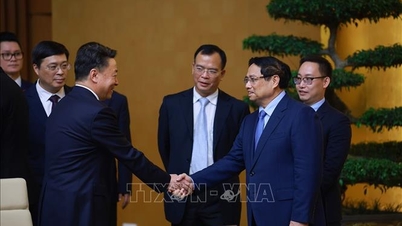



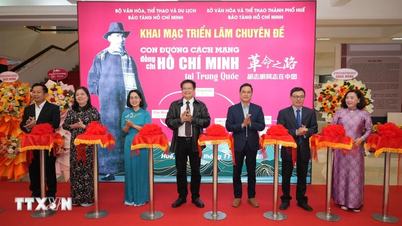

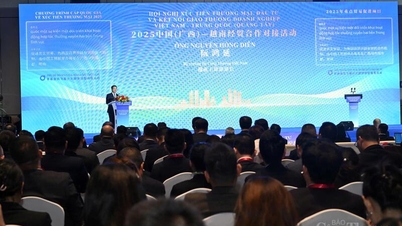



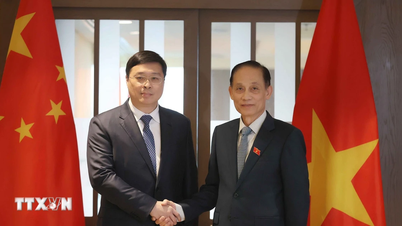

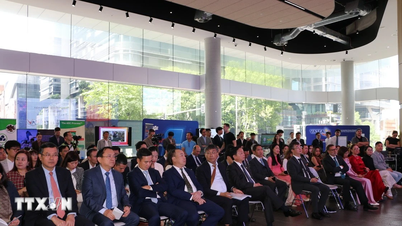











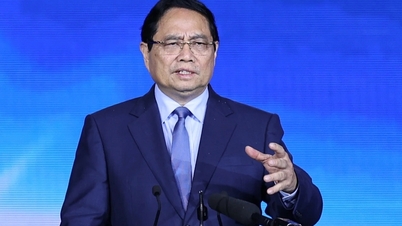

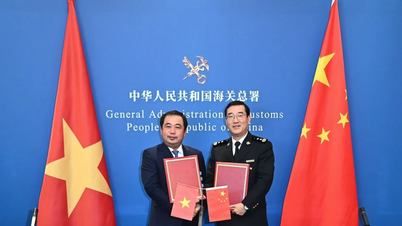

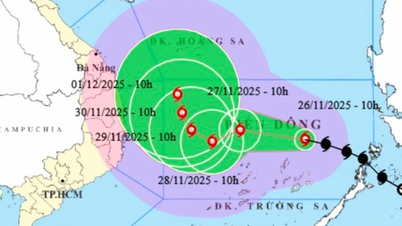
![[Photo] President Luong Cuong attends the 50th Anniversary of Laos National Day](/_next/image?url=https%3A%2F%2Fvphoto.vietnam.vn%2Fthumb%2F1200x675%2Fvietnam%2Fresource%2FIMAGE%2F2025%2F11%2F27%2F1764225638930_ndo_br_1-jpg.webp&w=3840&q=75)


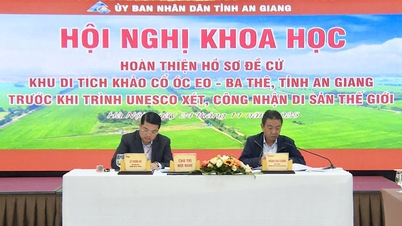



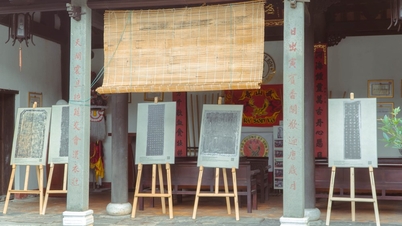
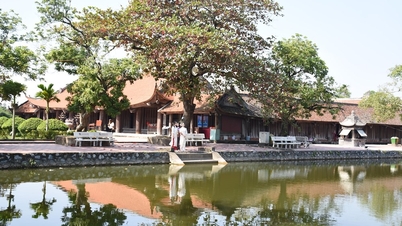
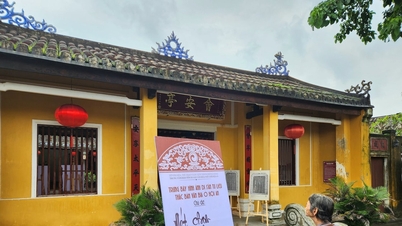
























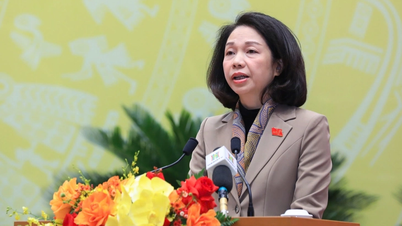




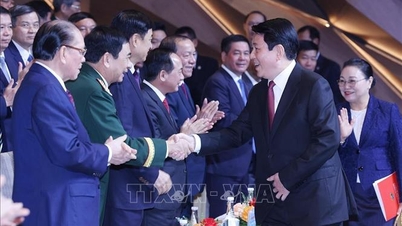


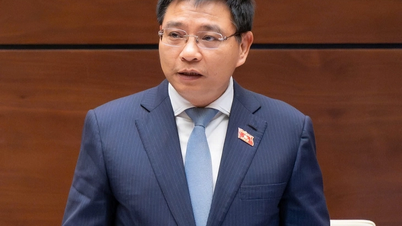


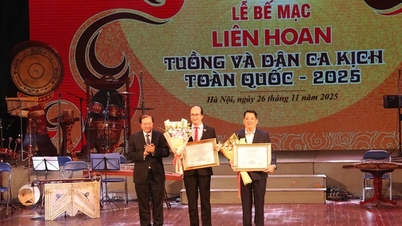

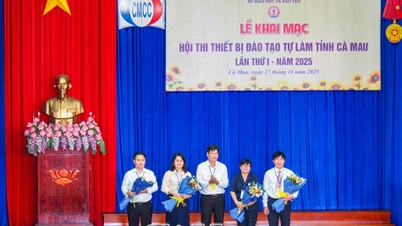





















Comment (0)